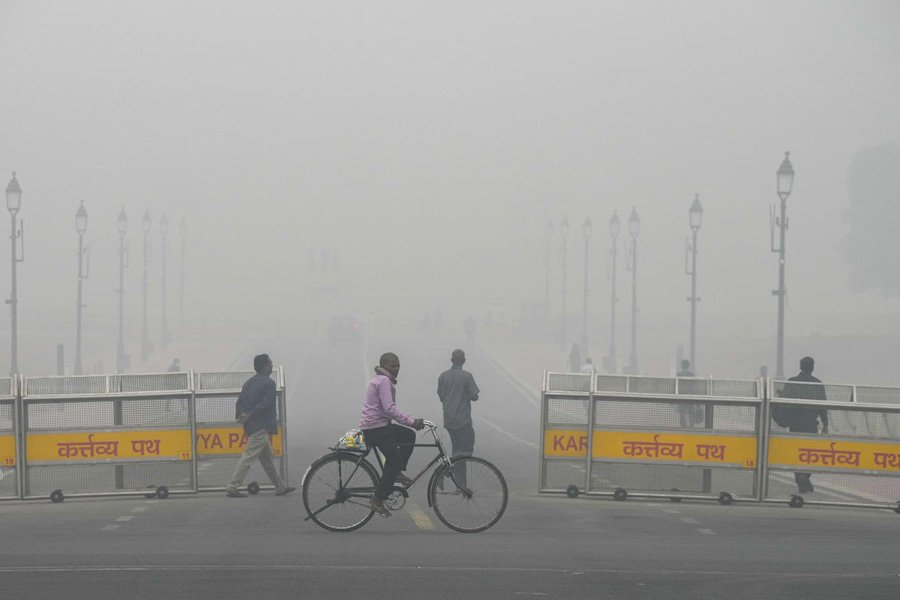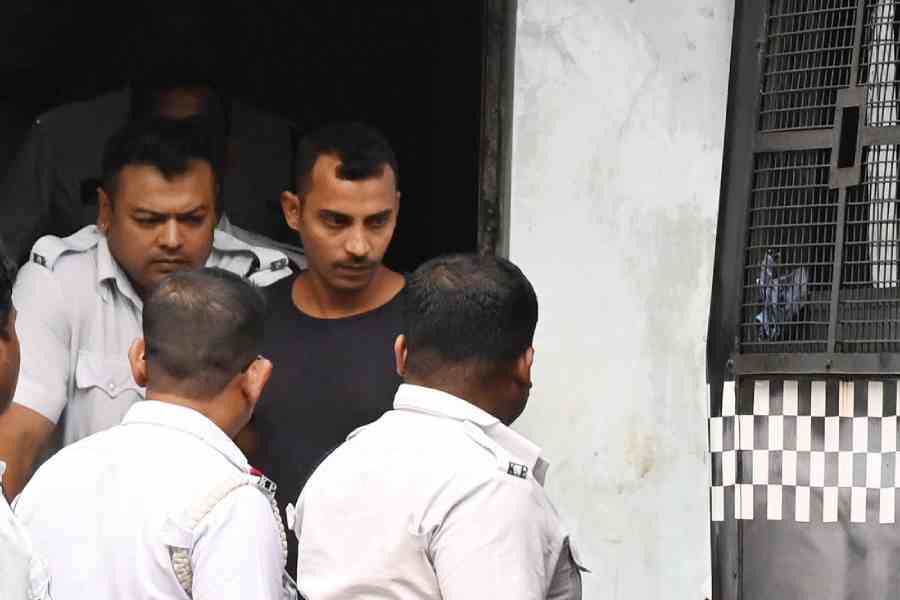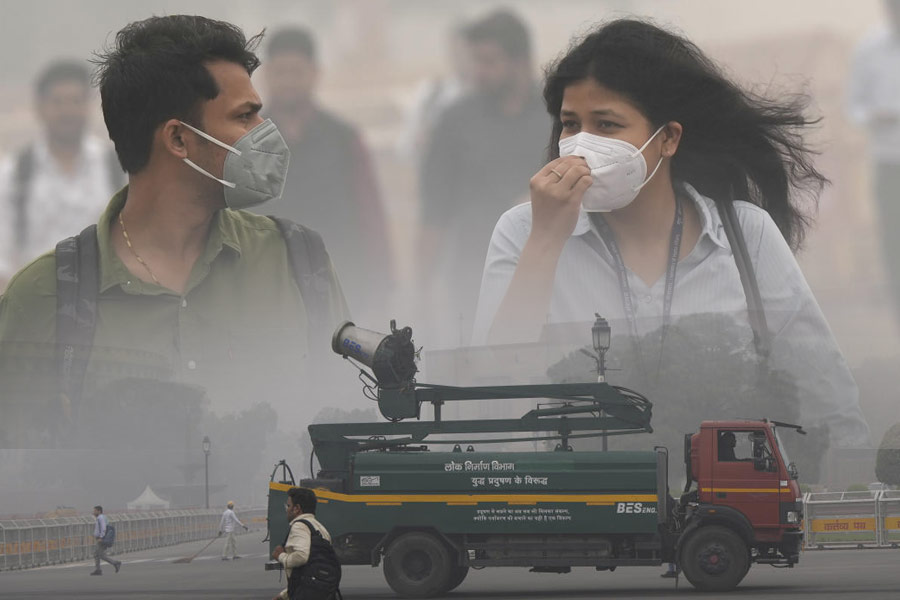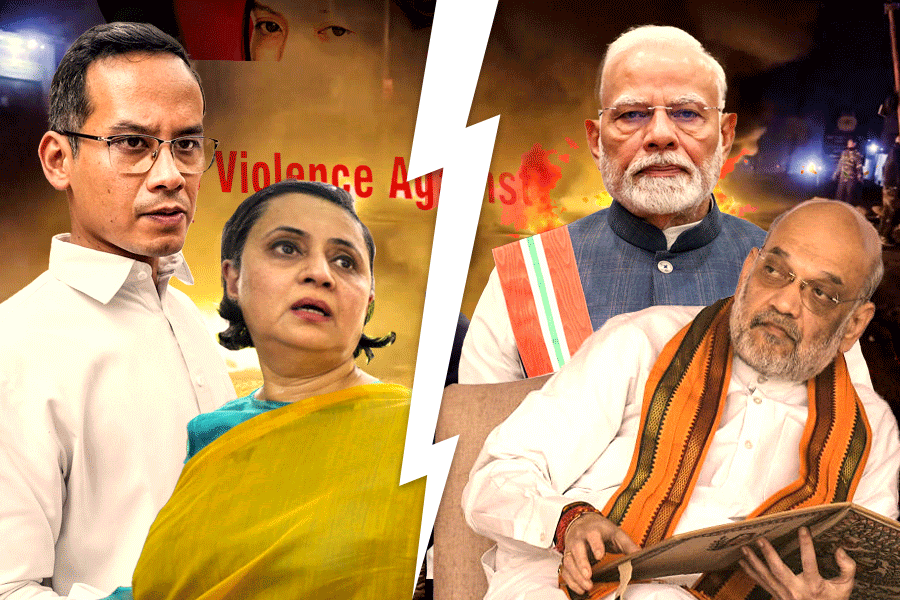Among the several imponderables, one question is worrying some of the Muslim plaintiffs in the Ayodhya dispute.
Will the government provide the five-acre plot to build the mosque, as directed by the Supreme Court, in Ayodhya town itself or take advantage of a recent renaming exercise to pick a spot elsewhere in the district?
Haji Mahboob, an Ayodhya-based businessman and a plaintiff in the case, said: “The government should allot us a spot near the old chainsaw machine within the acquired 67 acres. The Babri Masjid stood within that boundary.”
The Centre had passed the Ayodhya Act in early 1993 and acquired 67 acres in and around the disputed plot to avert further flare-ups.
The November 9 Ayodhya verdict, which allows a Ram temple to be built on the disputed site, says the five-acre plot to be handed over to the Sunni Central Wakf Board should be from the acquired 67 acres or elsewhere in Ayodhya.
“The land shall be allotted either by: (a) The central government out of the land acquired under the Ayodhya Act 1993; or (b) The state government at a suitable prominent place in Ayodhya,” it says on Pages 926-927.
Many Muslims are concerned that since the order does not specifically say “Ayodhya town”, the Yogi Adityanath government might well allot the plot somewhere else in Ayodhya district, perhaps in Faizabad town across the Saryu.
Till a year ago, “Ayodhya” meant Ayodhya town since the district carried the name “Faizabad”, but on November 13 last year the state government renamed the district as Ayodhya.
The Muslims’ fear stems from the local Sangh parivar activists’ longstanding assertion that they would not allow a new mosque to be built within the “cultural periphery of Ayodhya (town)”.
A member of the All India Muslim Personal Law Board, which provided legal support to the Wakf Board in the case, stressed that the judgment refers to the district by the old name of “Faizabad”. Therefore, where it says “Ayodhya”, it can only be referring to the town, he said.
“Saturday’s verdict asks the government to give us land in ‘Ayodhya’. It also states on Page 7 that the disputed land forms part of the village of Kot Rama Chandra or, as it is otherwise called, Ramkot, in pargana Haveli Avadh of tehsil Sadar in the district of Faizabad,” the member said on the condition of anonymity.
“We take it as the court’s acceptance that Ayodhya (town) is part of Faizabad district. We should therefore be given land in Ayodhya town.”
Zufar Farooqui, chairperson of the Sunni Central Wakf Board, who is considered close to the BJP, said: “The board will meet on November 26 to discuss the construction of a mosque or some other institution on the land to be given to us by the government.”
Some board members feel that building a new mosque might stoke further controversy. They have suggested the board build an educational institution on the five-acre plot and run it, or construct something of social value (such as a hospital) and hand it over to the government.
“We don’t need to care about those who are saying negative things like we shouldn’t accept the land the government offers us,” Farooqui said. Some have suggested that the board show its disappointment by refusing the five-acre plot.











